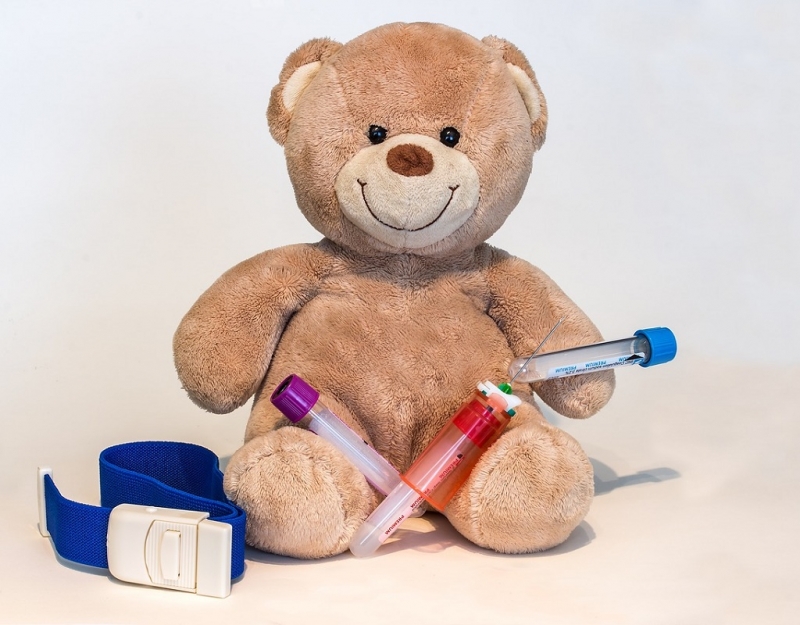Non-Hodgkin’s lymphoma, or NHL, is a form of cancer that begins in the lymphatic system. The lymphatic system is part of the body’s immune system and helps your body fight off illnesses. Non-Hodgkin’s lymphoma is more common in adults, but it does occur in children. The difference between non-Hodgkin’s lymphoma and Hodgkin’s lymphoma is the way the cancer cells look.
The lymph system
The lymph system has small storage units throughout the body called “nodes.” These nodes are found in the neck, armpits, groin, chest, and abdomen. This part of the immune system also includes the bone marrow, spleen, thymus gland and tonsils.
When cancer cells invade the lymph system, it can form small lumps. These lumps usually don’t hurt. Because small tubes connect the lymph system to all the areas of the body, these cancer cells can take up residence just about anywhere in the body.
What causes lymphoma?
Doctors aren’t really sure what causes lymphoma, but they believe it may be a combination of factors, including:
- Exposure to radiation
- Exposure to certain chemicals
- Infections and viruses, including HIV and Epstein-Barr
Symptoms may include:
- Swollen lymph nodes in your neck, armpit or groin
- Abdominal pain or swelling
- Chest pain, coughing or trouble breathing
- Fatigue
- Fever
- Night sweats
- Weight loss
Prognosis and treatment
Non-Hodgkin’s lymphoma is harder to treat than Hodgkin’s lymphoma, but it is curable. Treatment may include radiotherapy, chemotherapy, steroid therapy, immunotherapy, and/or stem cell transplants. Doctors use a physical examination, biopsies, scans, x-rays, and blood tests to diagnose the disease.
Written by Rebecca Stigall for Kidspot, New Zealand’s parenting resource for family health.







Leave A Comment
You must be logged in to post a comment.